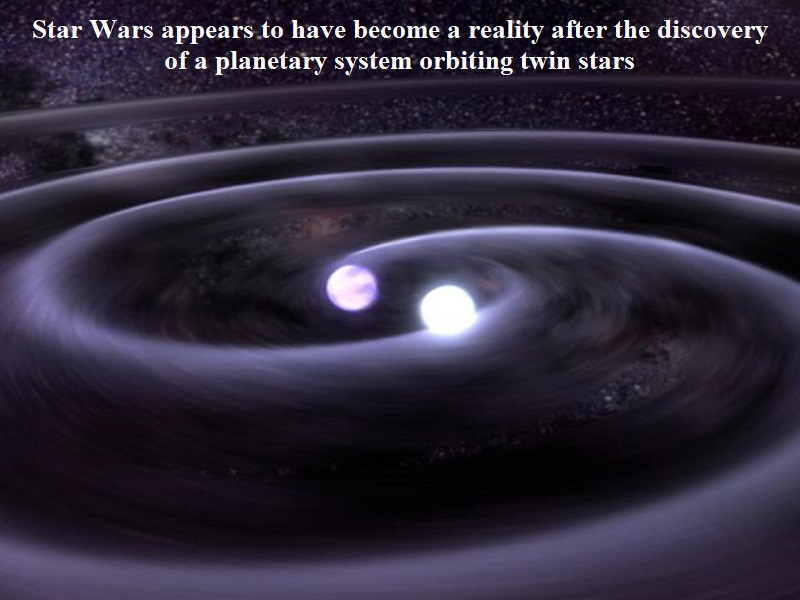
A new planet called TOI-1338 c, also known as BEBOP-1 c, has been discovered, resembling a scene from the Star Wars franchise where planets orbit twin stars. This planet is the second known in the TOI-1338/BEBOP-1 circumbinary system.
Similar to Tatooine, the fictional home world of Luke Skywalker in Star Wars, TOI-1338 c is a sparsely inhabited desert planet that orbits twin stars in the Outer Rim Territories of the galaxy.
Experts describe TOI-1338 c as a gas giant approximately 65 times the mass of Earth, with an orbital period of around 215 days.
The name BEBOP-1c comes from the project responsible for collecting the data, known as Binaries Escorted By Orbiting Planets (BEBOP). The study, led by researchers at the University of Birmingham, has been published in the journal Nature Astronomy.
The paper highlights the detection of a gas-giant planet orbiting both stars in an eclipsing binary star system, making it only the second known system to host multiple planets. A binary star system consists of two stars that orbit each other due to gravitational attraction.
Matthew Standing, the lead author of the study and an astrophysicist at the Open University in England, explains that the existence of circumbinary planets was initially thought to be impossible due to the disruptive effects of binary stars on planet formation. However, the discovery of Kepler-16b in 2011 demonstrated the feasibility of such planets.
In 2020, NASA’s TESS space telescope used the same data and discovered another circumbinary planet, TOI-1338b, using the transit method, which measures the size but not the mass of the planet.
The BEBOP team had been monitoring the system using the Doppler method, also known as the wobble method or radial-velocity method, which accurately measures the velocity of stars.
According to NASA, TOI-1338 c is a gas giant, while TOI-1338 b is described as a “Neptune-like ice giant.”
The discovery of this new planet system brings us closer to the world of Star Wars, demonstrating that real-life planets can indeed exist in circumbinary systems.

Post Your Comments